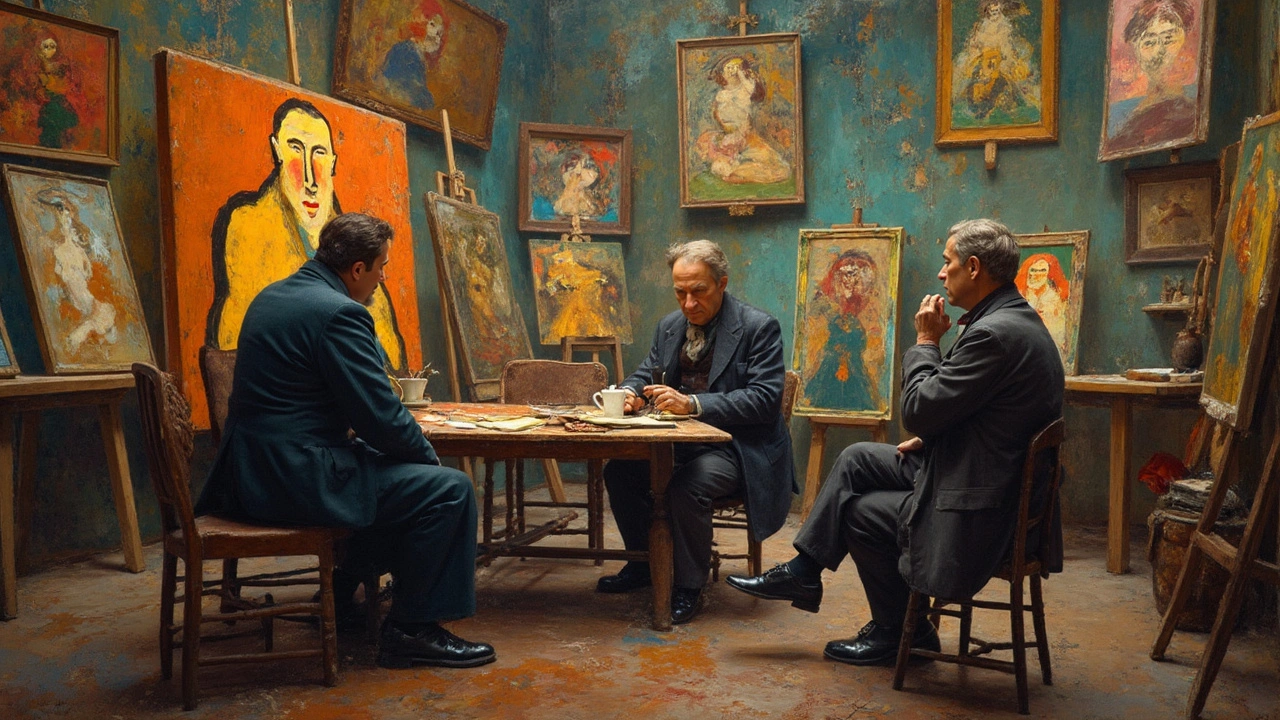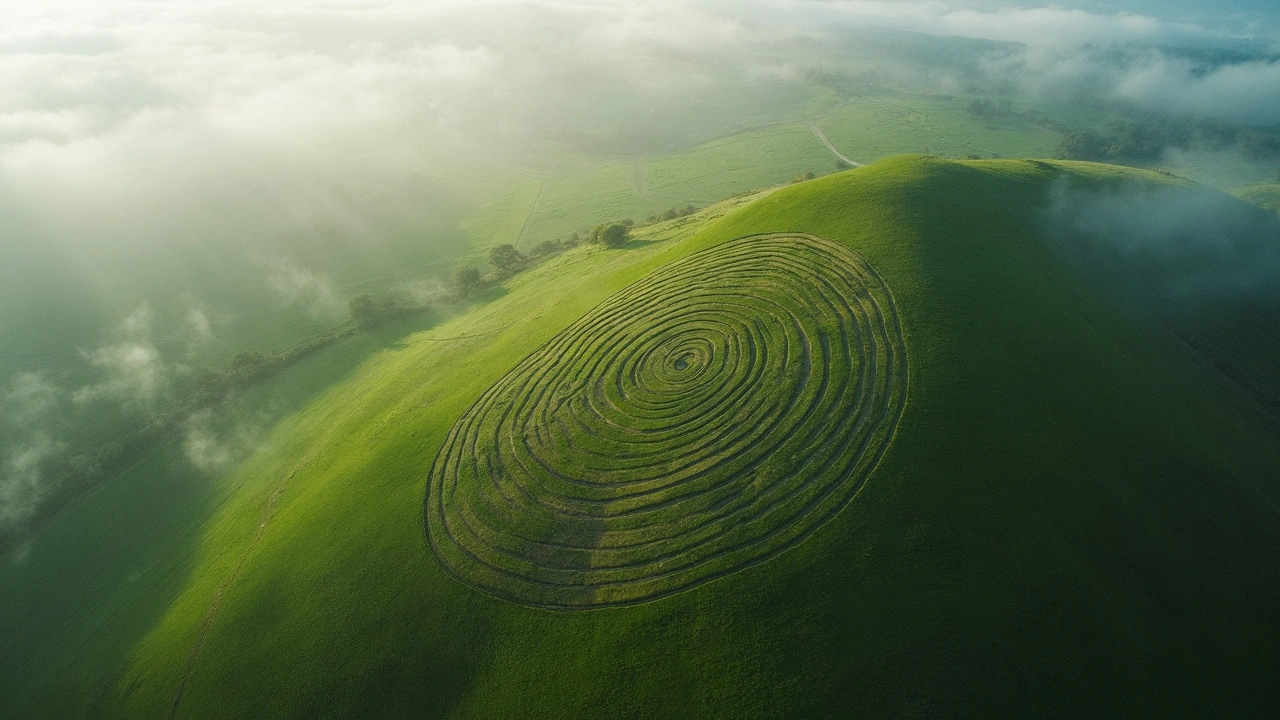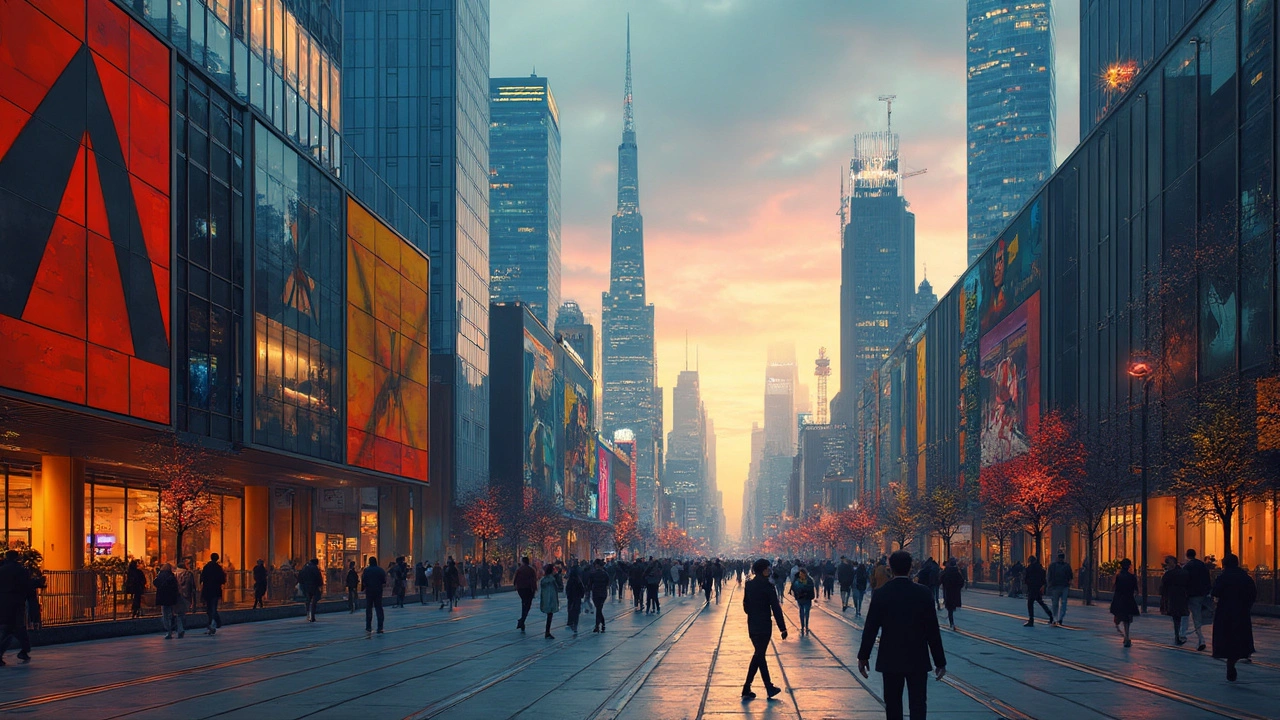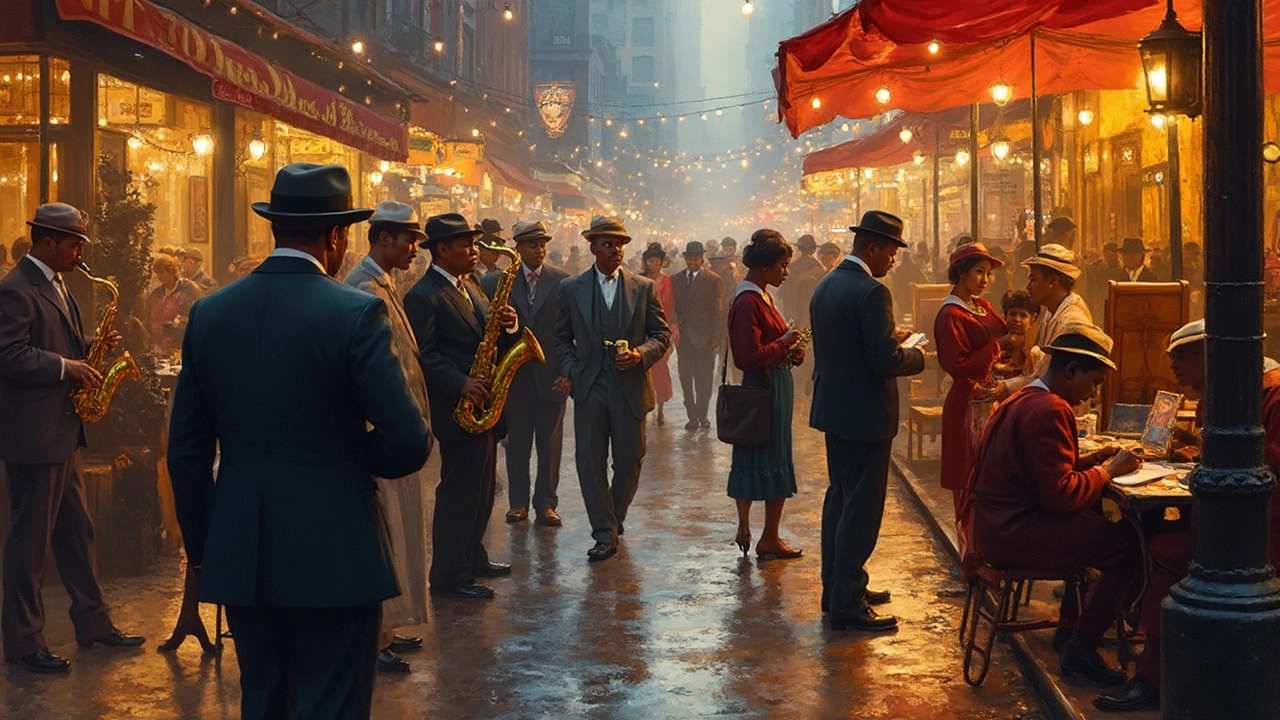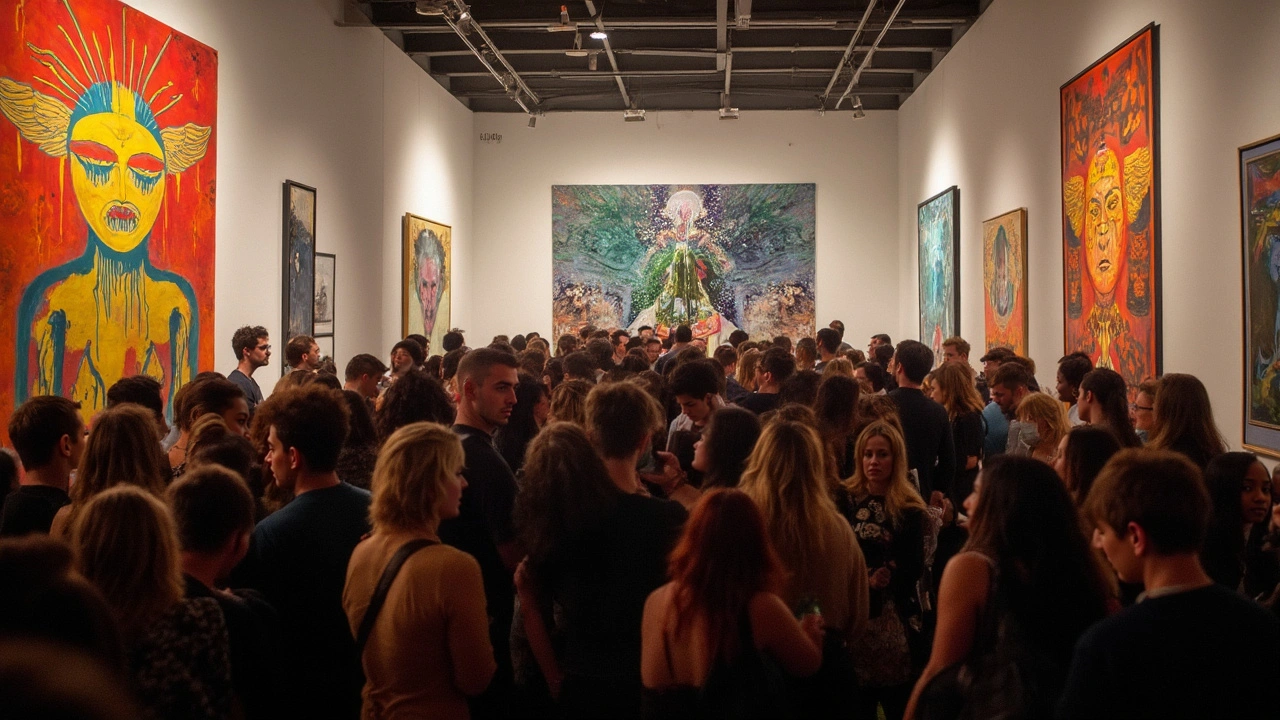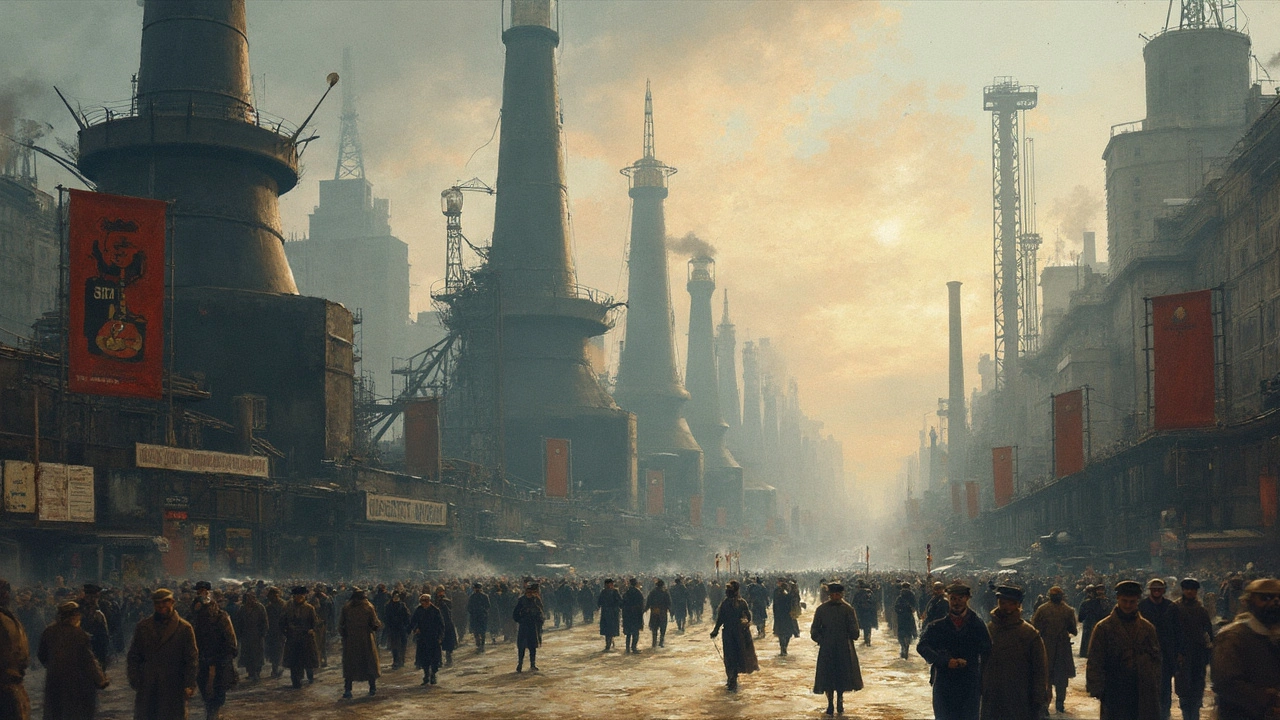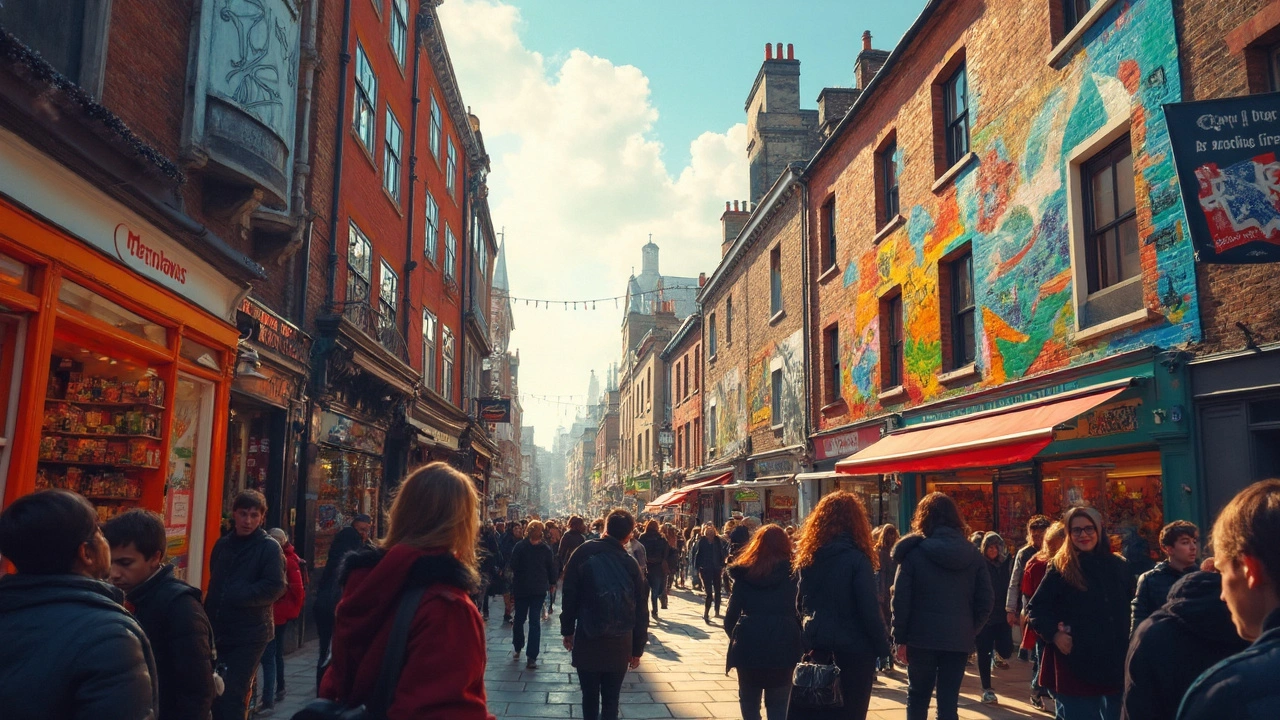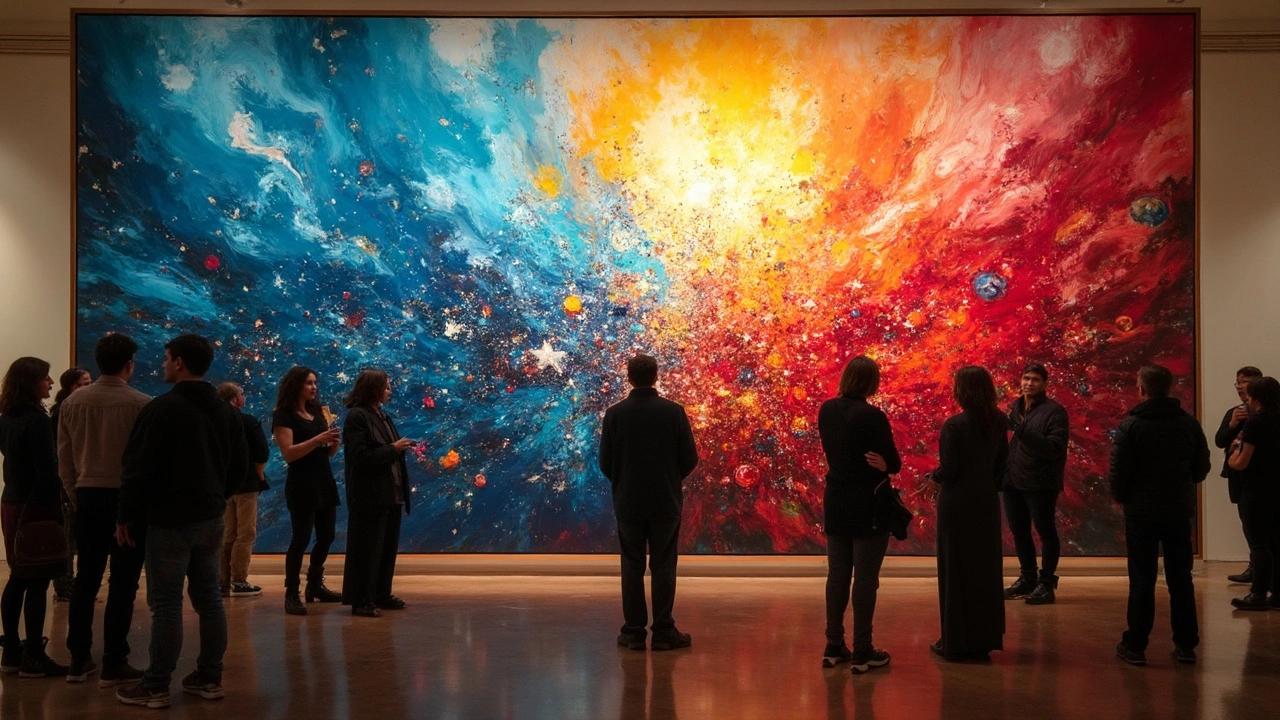March 2025 Archive — Modern Movements, Public Art, and Design
What do Picasso, a field of earthworks, and a subway mural have in common? They all appear in our March 2025 posts. This month on Paul Artistry we focused on art that breaks rules, uses space in new ways, and still shapes design today.
Start with Cubism: our piece on Cubism explains how Picasso and Braque shattered perspective and why that still matters. You'll get a clear view of cubism's origins, its main techniques like fragmented planes, and practical ways to spot its influence in modern visuals.
Next, Land Art shows how artists use nature as canvas. The article highlights large-scale earthworks and smaller interventions, and gives ideas for experiencing land art—what to look for on site, and how to think about scale and impermanence when you see these works.
De Stijl appears twice because its simple rules keep cropping up. One article sketches its history and founders; the other brings De Stijl into the 21st century with examples for interiors, graphic layouts, and UI choices. Both explain how primary colors and strict geometry create calm, balanced designs you can apply today.
Historical turns and modern rebels
The Harlem Renaissance piece looks at creative power from the 1920s—how writers, painters, and musicians rewrote cultural narratives. It pairs well with our articles on Modern Art and Constructivism, which show different ways artists challenged old norms. Modern art pieces in March examine the shock value and ideas behind breaking tradition. Constructivism frames art as a social tool, useful for understanding design that's meant to serve function over ornament.
Street art and Abstract Expressionism round out the month. Street art's article covers how murals change public space, bring communities into dialogue, and turn walls into stories. The Abstract Expressionism write-up focuses on emotion, process, and how gestures on canvas can translate into more expressive design choices today.
Quick reading guide
If you want practical takeaways: read Cubism and De Stijl for composition tips; read Land Art and Street Art to think about context and audience; read Constructivism and Modern Art to understand art as action or social tool; read Abstract Expressionism to loosen up your creative process. Each post includes clear examples and short prompts you can try in your own projects.
March's posts share one idea: art isn't just pictures on walls. It's a way to reorganize space, change how we see, and push how design works. Browse the individual posts to get deeper examples, images, and simple exercises you can use right away.
Want a fast route? Read Cubism to study composition breaks; Land Art to consider site and materials; De Stijl (history) for form and balance; De Stijl (21st century) to adapt the palette; Harlem Renaissance to study cultural voice; Modern Art to question norms; Constructivism to design for use; Street Art to map public impact; Abstract Expressionism to free your mark-making.
If you want visuals, each article includes images and quick prompts. Subscribe to Paul Artistry for weekly highlights and short exercises that build your eye. Stay curious.

